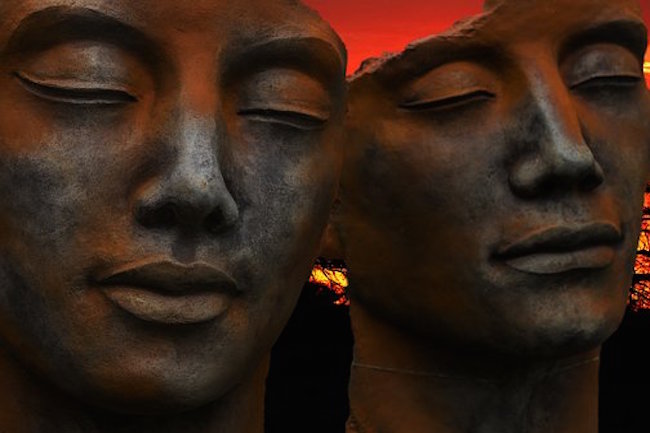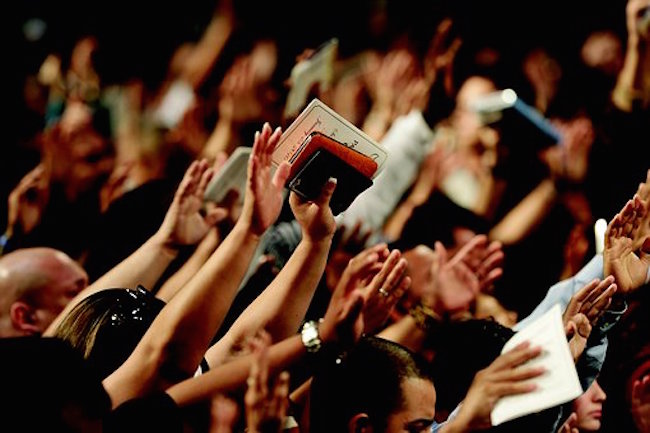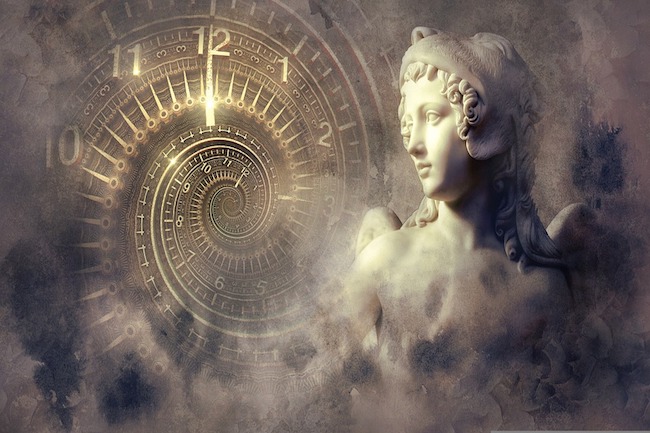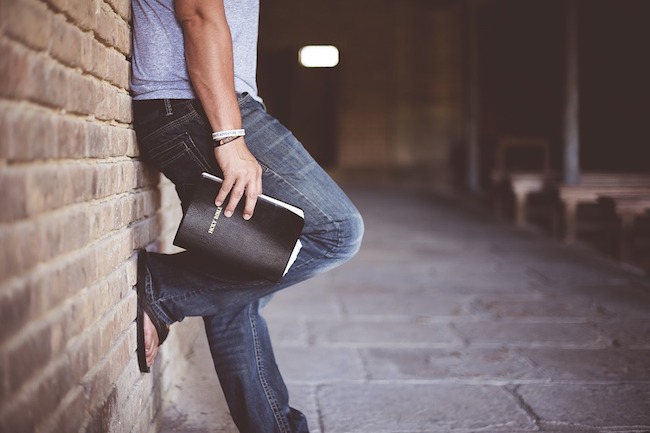The Artistic Value Of A Statue Is More Important Than Its History By Tony Daniel for The Federalist
GNN Note – As someone who has created more than 40 paintings, a dozen sculptures, 50+ stained glass pieces (windows and sculptures), written thousands and thousands of articles and hundreds of poems, art is very important to the world. The illiterate people that are destroying these invaluable pieces of art, and history, could benefit from real education instead of the nonsense they weren’t taught in school.
******
The tale of the gay Jewish Confederate soldier who sculpted some of America’s most notable memorials and statues just goes to show how dogmatic and shortsighted today’s iconoclasts really are.
When a mob tears down a statue, they are tearing down art. The artistic aspect of a sculpture is more important than its historic significance, and grows more so over time. All of this wrecking is a great shame. Furthermore, moving the statues to “safe spaces” for political reasons plays right into the hands of the destroyers.
The sculptor of the greatest of the so-called “Confederate” monuments, the Confederate Memorial in Arlington Cemetery, was a Sephardic Jewish gay fellow by the name of Moses Jacob Ezekial. He had been a not-particularly-effective Confederate officer before taking Robert E. Lee’s sage advice to give art a try after the war. He’s the sculptor of many other monuments.
According to the excellent article on Ezekial at the Virtual Jewish Library, when a Daughters of the Confederacy group commissioned him for this one, “He insisted that the Daughters give him full artistic license for the monument, which was based on the words of the prophet Isaiah, ‘And they shall beat their swords into plowshares and their spears into pruning hooks.’ They agreed nervously to Ezekiel’s conditions, but were delighted with the results.”
In fact, the memorial is a mess, and a neo-baroque masterpiece, with touches of Brueghel and Hieronymus Bosch. It is by turns beautiful, inspiring, macabre, and just plain weird—which is just what Ezekial was shooting for. It does its job, and evokes the emotional aspects of war and its aftermath.
It reminds me of another favorite sculpture found in a wholly different setting, but with an oddly similar theme: the Peace Fountain in front of St. John’s Cathedral at the corner of Amsterdam Avenue and 111th Street up by Columbia University in New York, which was created by sculptor Greg Wyatt. I would like both to remain where they are, inspiring and confounding people every day.
Time Changes Art
The history of the construction of the Confederate Memorial is complex and fascinating. Basically, there was a perceived neglect of Confederate graves in Arlington and the capital area by newly ascendant Democrats (remember that Arlington was Robert E. Lee’s house, and Union Quartermaster General Meigs put the cemetery on the grounds of the estate to make a point). Various Confederates were also buried there from the start, and all the Confederate military graves in the area were consolidated to Arlington in 1901. (There are also many graves of killed freed black people in the cemetery.)




